Where Does Syria’s Political Transition Stand?
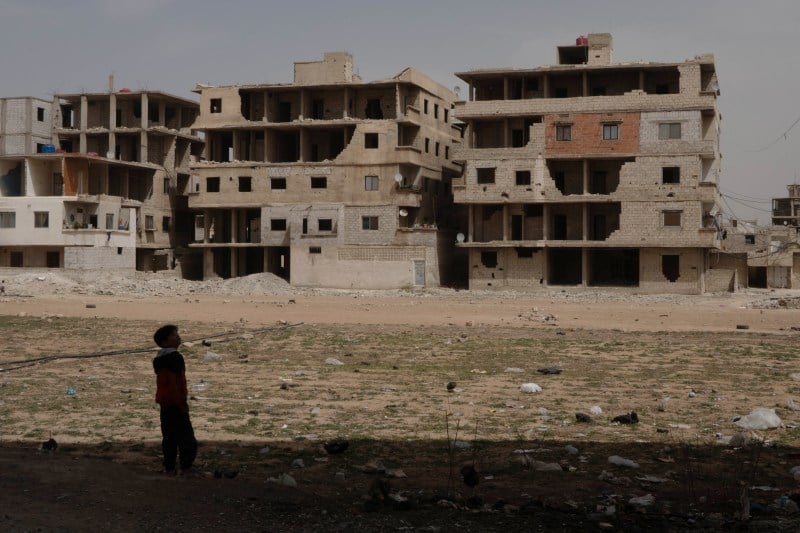
Where Does Syria’s Political Transition Stand?
A snapshot of the threats facing the post-Assad government.
A boy walks past destroyed buildings in Ghouta, Syria, on April 9.
Anagha Subhash Nair photos for Foreign Policy
The fall of Syria’s Assad dynasty last December brought a glimmer of hope to a country mired in a 13-year-long civil war. Indeed, “Syria’s current transition to a new form of government is in a category of its own,” Zaid Al-Ali wrote in April. “Desperate to avoid the mistakes that their counterparts in other Arab countries have made in recent decades, the new interim authorities under President Ahmed al-Sharaa have achieved impressive progress.”
Yet despite fragile public confidence in its transitional government, Syria faces profound threats as it seeks to rebuild, from the resurgence of the Islamic State to the legacy of the Assad regime’s chemical weapons program and family separation policy.
The fall of Syria’s Assad dynasty last December brought a glimmer of hope to a country mired in a 13-year-long civil war. Indeed, “Syria’s current transition to a new form of government is in a category of its own,” Zaid Al-Ali wrote in April. “Desperate to avoid the mistakes that their counterparts in other Arab countries have made in recent decades, the new interim authorities under President Ahmed al-Sharaa have achieved impressive progress.”
Yet despite fragile public confidence in its transitional government, Syria faces profound threats as it seeks to rebuild, from the resurgence of the Islamic State to the legacy of the Assad regime’s chemical weapons program and family separation policy.
This edition of The Reading List offers a closer look into those challenges and considers what a successful transition might entail.
A member of the Iraqi forces walks past a mural bearing the logo of the Islamic State in Albu Sayf, Iraq, on March 1, 2017.AHMAD AL-RUBAYE/AFP via Getty Images
Syria’s Islamic State Is Surging
As a new regime gets settled in Damascus, it faces a rising threat from an old foe, Charles Lister writes.
Syrian President Ahmed al-Sharaa leaves a meeting with the Qatari foreign minister during the Antalya Diplomacy Forum in Antalya, Turkey, on April 11.Ozan Kose/ AFP via Getty Images
The New Syria Is Run Like the Old
A constitution by decree gives the president unchecked powers, risking what has been an impressive transition, Zaid Al-Ali writes.
Um Mohammed holds up a photo at her house in Zamalka showing her grandchildren among those killed in chemical weapons attacks in 2013, on April 10. Anagha Subhash Nair for Foreign Policy
The Long Shadow of Syria’s Chemical Weapons
USAID funding cuts cast doubt on eliminating the country’s stockpile, Anagha Subhash Nair writes.
Sokayna Salama al-Jbawi sits with her children—(from left) Muhammad, Heba, and Nous—in her family home in the village of Baragah, Syria, on Jan. 24.Alexandra Corcode for Foreign Policy
Syria’s Missing Children
Children of detainees disappeared in orphanages. As many remain unaccounted for, their relatives fear the worst, Andrei Popoviciu writes.
A soldier holds pills inside a house-turned-Captagon factory in Al-Dimas, Syria, on Dec. 23, 2024.Fadel Itani/Middle East Images via AFP via Getty Images
What Will Happen to Assad’s Secret Drug Empire?
The ousted Syrian regime financed its war machine by producing and trafficking Captagon, Caroline Rose and Matthew Zweig write.
Chloe Hadavas is a senior editor at Foreign Policy. Bluesky: @hadavas.bsky.social X: @Hadavas
Stories Readers Liked
In Case You Missed It
A selection of paywall-free articles

Four Explanatory Models for Trump’s Chaos
It’s clear that the second Trump administration is aiming for change—not inertia—in U.S. foreign policy.

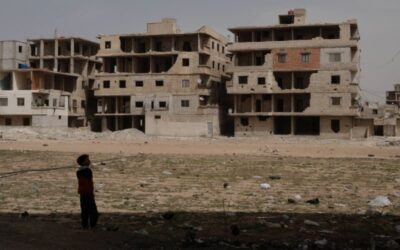



















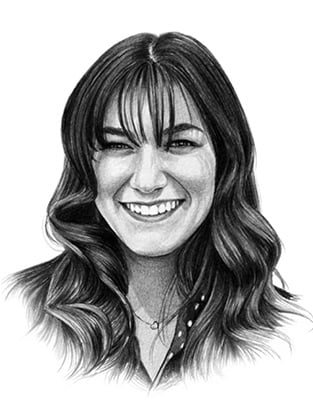
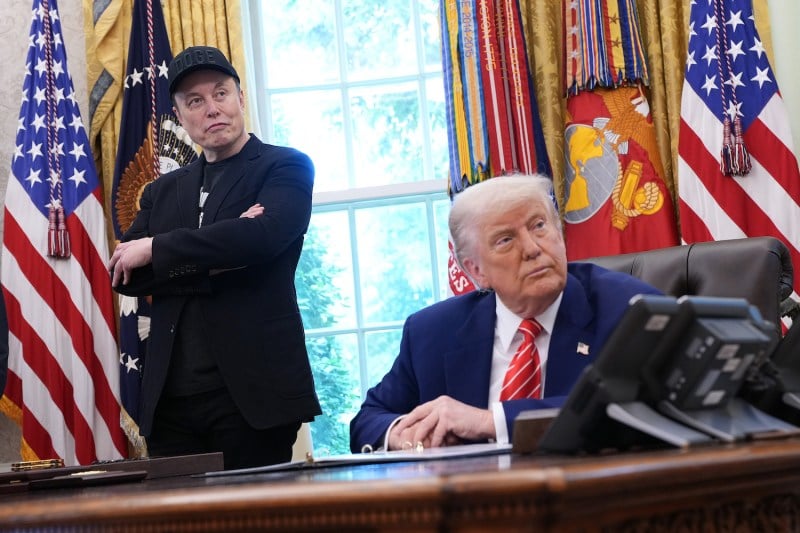

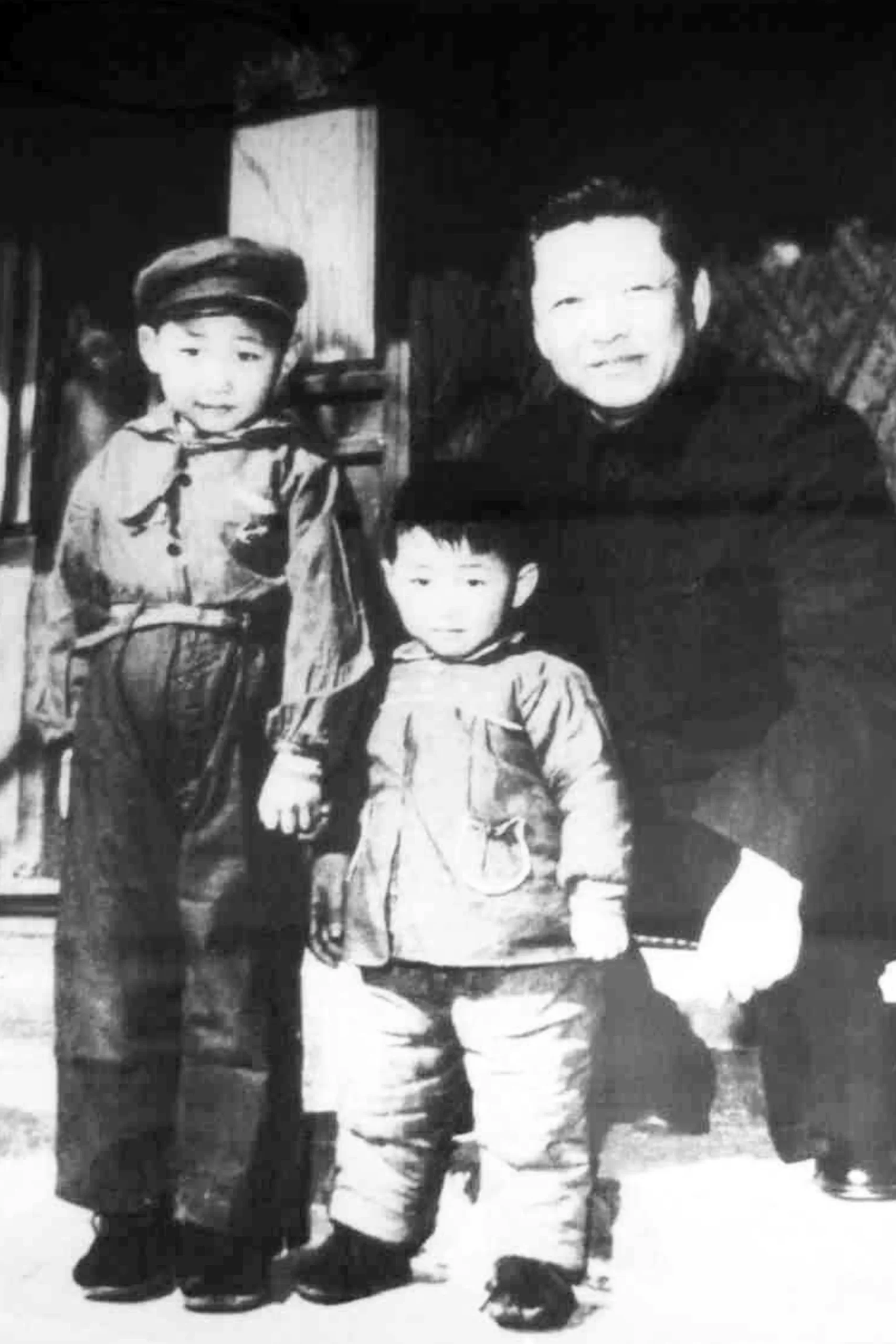
Join the Conversation
Commenting is a benefit of a Foreign Policy subscription.
Subscribe
Subscribe
Already a subscriber?
.
View Comments
Join the Conversation
Join the conversation on this and other recent Foreign Policy articles when you subscribe now.
Subscribe
Subscribe
Not your account?
View Comments
Join the Conversation
Please follow our comment guidelines, stay on topic, and be civil, courteous, and respectful of others’ beliefs.
View Comments
Change your username |
Log out
Change your username:
CANCEL
Confirm your username to get started.
The default username below has been generated using the first name and last initial on your FP subscriber account. Usernames may be updated at any time and must not contain inappropriate or offensive language.